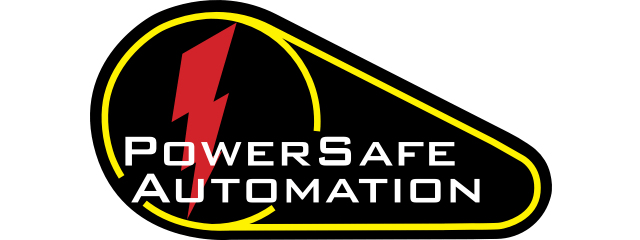Why Legacy Machines Require Specialized Guarding
Older machines typically do not meet current OSHA or ANSI safety standards. They often lack basic safeguarding elements such as interlocked doors, presence-sensing devices, or fixed barriers. These outdated systems pose a significant challenge when rolling out corporate-level risk reduction programs across various facilities. PowerSafe’s process begins with a comprehensive risk assessment, mapping out hazard exposure and prioritizing solutions that align with your production goals and safety KPIs.
Scalable Guarding Across Multiple Facilities
Whether you operate three plants or thirty, consistency matters. PowerSafe’s modular safety systems and engineering-standardized guarding designs allow for repeatable deployment across a fleet of machines. Our cross-site strategy includes:
-
On-site audits to identify machine-specific and facility-wide risks
-
Custom CAD designs for scalable guarding that integrates with legacy layouts
-
Standardized hardware for easy installation and part uniformity
-
Pre-fabricated components to reduce on-site downtime during rollout
We streamline communication between corporate safety teams and plant-level engineers to ensure unified adoption.
A Turnkey Safety Partner from Assessment to Installation
Power Safe delivers end-to-end solutions—from hazard recognition to machine guarding fabrication and installation. Our in-house team manages everything, including engineering drawings, safety labeling, controls integration, and employee training. This turnkey process minimizes your internal burden and accelerates implementation timelines.
Key features of our turnkey service include:
-
Risk-ranked machine audits
-
Custom-engineered guarding packages
-
Safety controller integration (if applicable)
-
Full ANSI/OSHA compliance alignment
-
Installation with minimal disruption
Long-Term Risk Reduction That Grows With You
As your operation evolves, so should your safety strategy. Power Safe’s machine guarding systems are designed for future scalability, allowing for additions, reconfigurations, or integration with automation upgrades. With documentation support and enterprise-level reporting tools, your team can track risk mitigation progress across all sites.



